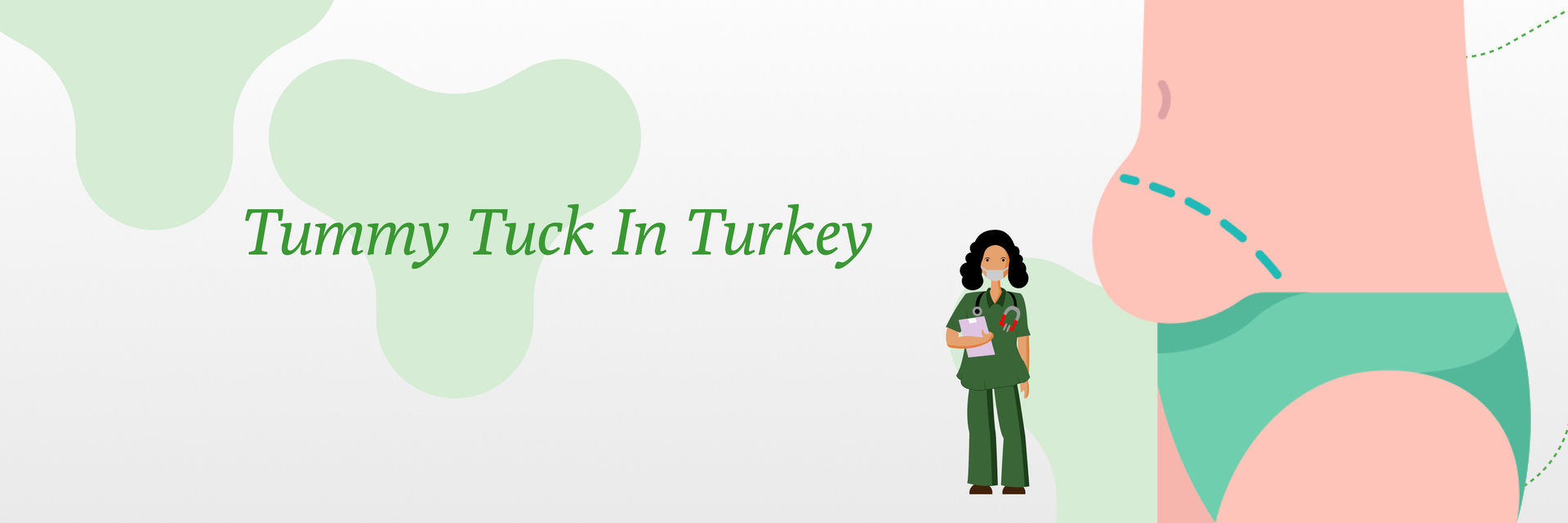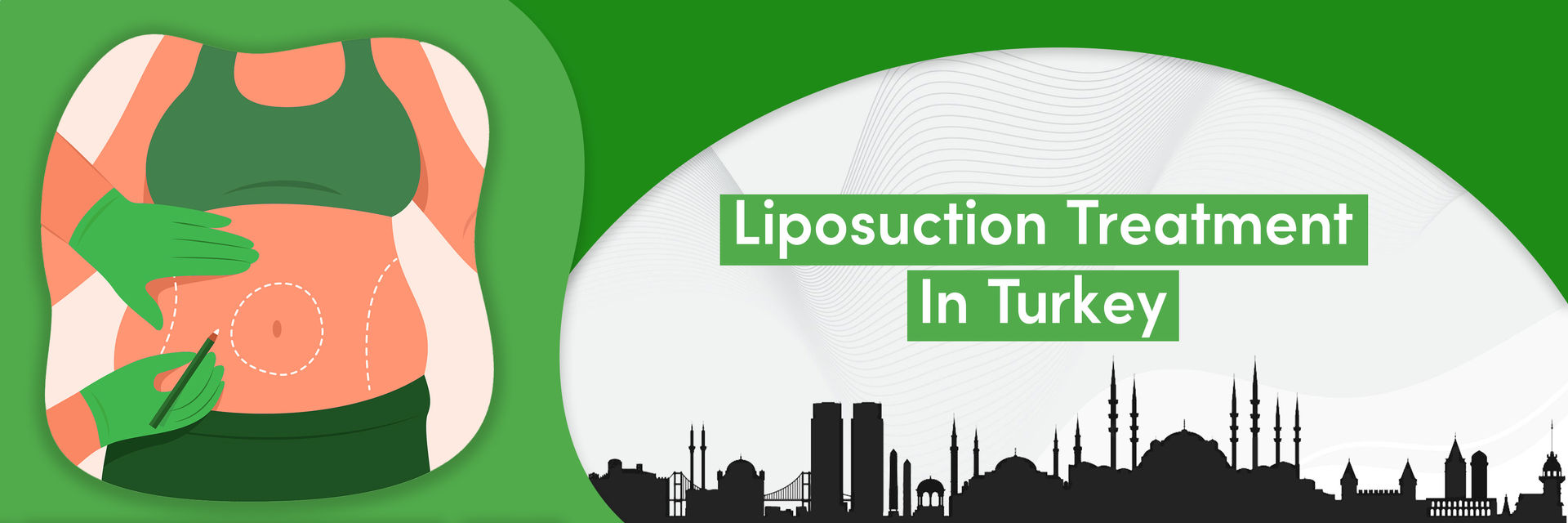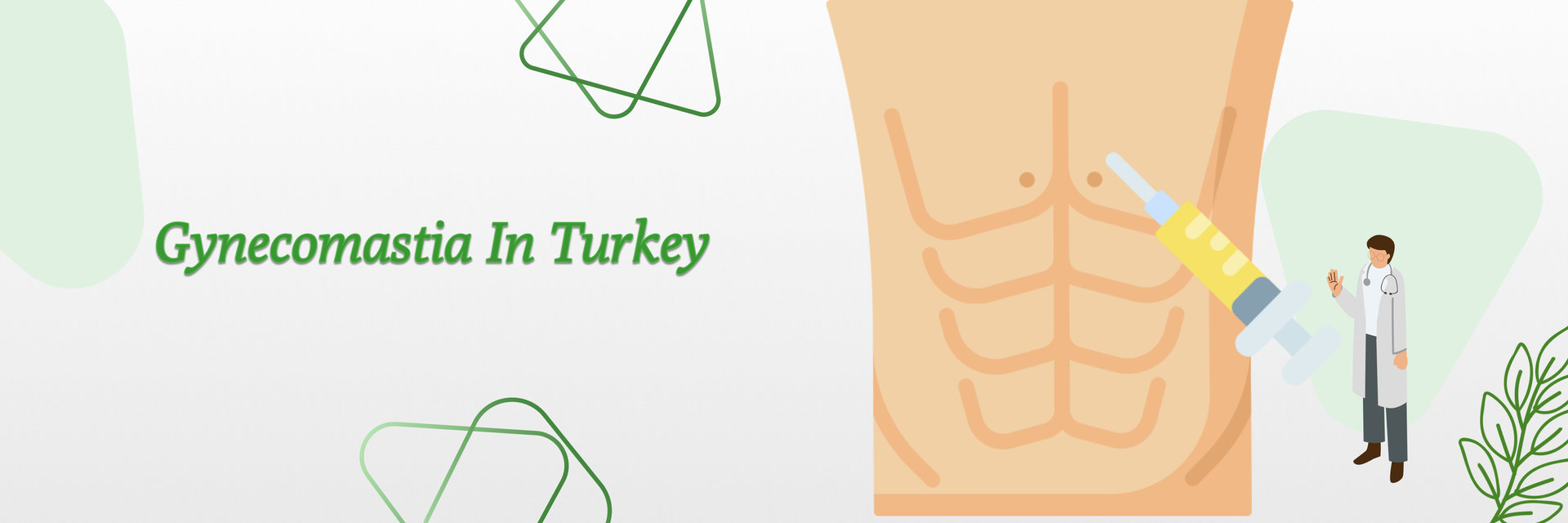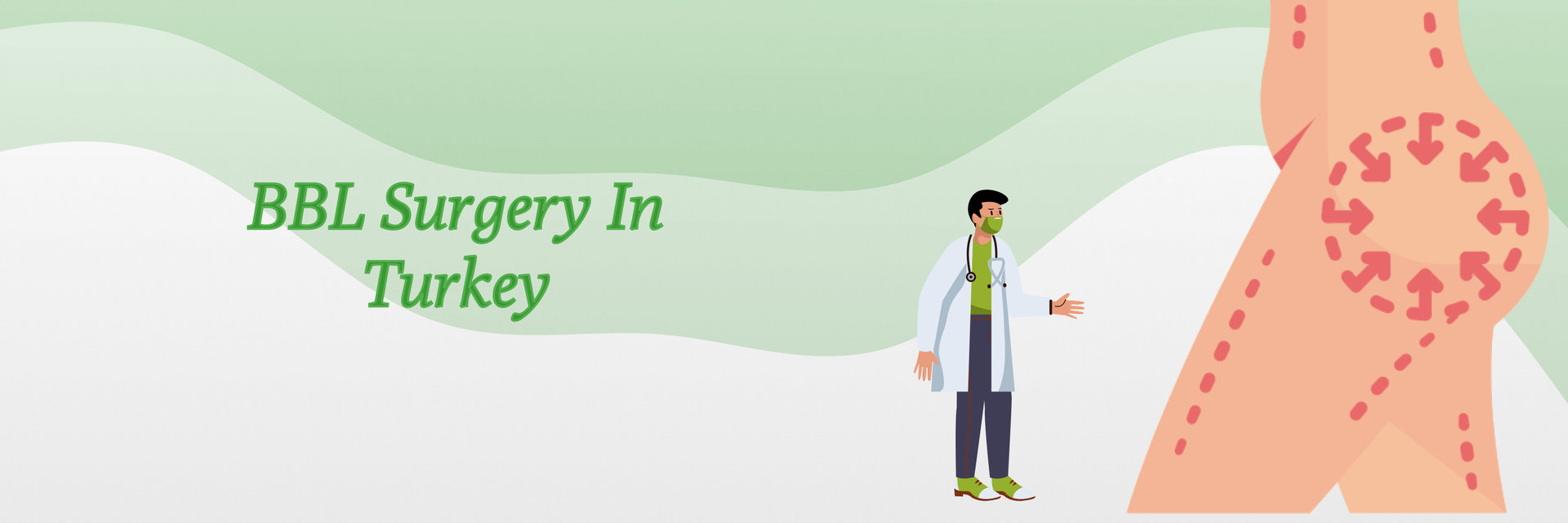Introduction
Liposuction is a cosmetic surgery. It removes extra fat from specific areas of the body. This technique shapes areas that resist diet and exercise. It is used on the abdomen, hips, thighs, and arms. Liposuction is not a weight-loss solution. But it helps shape the body and improve proportions. Six months after undergoing liposuction, some patients may still experience swelling. This lingering swelling can be puzzling and sometimes worrying. This article explains why swelling lasts at this stage. It also explains how to manage it and when it might signify worry. Understanding these aspects can help you navigate your post-liposuction recovery more smoothly.
Ready to smooth out the bumps? Schedule a consultation today with India's some of the best plastic surgeons and take the first step towards achieving your body contouring goals!
Is Swelling Normal 6 Months After Liposuction?
Seeing swelling at this stage can be concerning. Is it normal? Let’s find out.
Yes, swelling is a normal part of healing, even six months after surgery. Swelling is a natural response to the trauma inflicted on the body during liposuction. It’s part of the healing process, where the body’s immune system reacts to the surgical intervention. Swelling peaks a few days after the procedure and gradually reduces over weeks to months. However, the duration of swelling varies from person to person. Several factors, including the extent of the procedure, individual healing rates, and adherence to aftercare instructions, can influence it.
Want to know more about what to expect after liposuction? Book an appointment now for tips and timelines to help you plan your journey.
Causes of Swelling 6 Months After Liposuction
- Residual Inflammation: Surgery triggers the body’s natural response. It can cause prolonged inflammation, which leads to ongoing swelling.
- Fluid Accumulation: Fluid can keep building up in the treated areas. This is called seroma. It can cause long swelling.
- Extent of the Procedure: The procedure's extent matters. Bigger liposuctions cause longer recovery and more swelling.
- Individual Healing Rate: Everyone heals differently, and personal health factors such as age, skin elasticity, and overall health can affect how quickly swelling subsides.
- Lifestyle Factors: Activities and diet after surgery can impact swelling; for example, high-salt diets or insufficient hydration can exacerbate swelling.
- Inadequate Compression: Not wearing the prescribed compression garments or not wearing them correctly can lead to increased swelling.
- Post-Surgical Complications: Although rare, complications like infections or reactions to the procedure can prolong swelling.
Potential Problems Associated with Prolonged Swelling
Persistent swelling beyond the expected timeframe can signal medical attention:
- Lymphedema is a condition where lymphatic fluid accumulates in the tissues, causing swelling.
- Weight Gain: Postoperative weight gain can contribute to the appearance of swelling.
- Residual Fluid Deposition: Fluid accumulation in the treated areas can cause prolonged swelling
Need strategies to reduce swelling? Find out the best practices to enhance your recovery at this stage with us.
How to Effectively Manage Swelling Six Months After Liposuction?
- Keep Wearing Compression Garments: They reduce swelling and support your new body's shape.
- Eat Well: Choose foods low in sodium and rich in antioxidants to lessen swelling.
- Drink Water: Staying hydrated helps reduce swelling and removes toxins.
- Exercise Lightly: Gentle activities like walking can reduce swelling. Avoid hard exercise until your doctor approves.
- Try Lymphatic Massage: A professional massage can improve drainage and reduce swelling, but follow only if your surgeon recommends it.
- Elevate Treated Areas: When resting, raise them above your heart. This helps reduce swelling.
- Avoid Heat: Stay away from hot baths and direct sunlight, which can worsen swelling.
- Track Your Healing: Regularly check your progress and keep your doctor informed.
- Use Cold Compresses: Apply these to swollen areas to ease inflammation and pain.
Concerns about post-liposuction swelling? Contact us now for personalized advice and support throughout your recovery process.
Conclusion
Swelling is normal six months after liposuction. Knowing its causes and how to manage it can ensure the best outcomes for your procedure. Always consult with your surgeon if you have concerns about your recovery progress.
FAQs
How Long Should I Expect Swelling to Last After Liposuction?
Swelling can last for a few weeks to several months. It depends on the person's body and the extent of the procedure.
What Are the Signs That My Swelling Is Not a Normal Part of the Healing Process?
Signs may show complications such as sudden swelling, pain, redness, or heat in the treated areas. They could suggest infection or other issues.
Who Should I Contact If My Swelling Persists or Worsens Over Time?
If your swelling does not get better or gets worse, contact your liposuction surgeon or a healthcare pro. They should be experienced in post-surgical recovery.
When Should I Be Concerned About My Swelling After Liposuction?
Be concerned if the swelling comes with pain, much redness, or drainage. These can be signs of infection or other problems. They need immediate attention.







